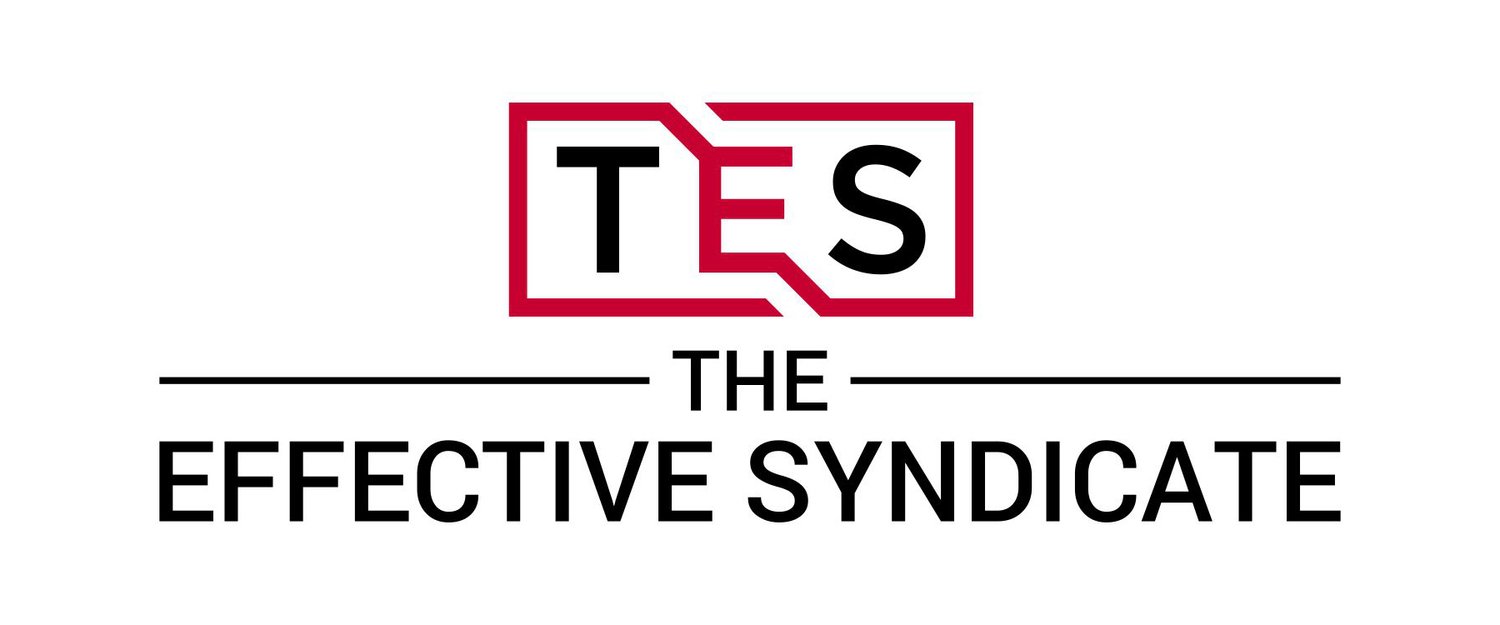The Value of Training
My father held the local high school record for the 800m run for nearly 20 years. I actually remember going to the high school to take a picture in front of the record board the weekend his record was finally broken. It became a “dream” of mine to have the Sanchez name back on that record board. I was years away from high school, however, and as life tends to happen, that “dream” took a back seat to a variety of other activities. It wasn’t until my Sophomore year of high school that I finally joined the track team.
That year I ran a 2 minute 21 second 800. That was good enough for second place on the Junior Varsity team, but it wasn’t anywhere near the school record time of 1 minute and 57 seconds.
One of the primary rules of improving health is the idea of muscle fatigue. During the process of fatiguing a muscle, you put stress on the muscle to the point that as the muscle repairs itself it actually becomes stronger. The need for consistent and constant fatigue is important for muscle growth and development. I knew that I couldn’t take off the year, pick up track again the next spring, and honestly expect to make the type of jump I wanted to; so, I sought the advice of my father.
My father had let me be before this point, only offering encouragement here and there. Now that I was actively looking to improve, he went full coach on me! He showed me exercises that would help improve my overall conditioning. He ran me through drills, and we monitored my progress and improvements. We combined training and action to achieve measurable results. Once we started, we knew we couldn’t stop. An extended break in training could lead to atrophy and regression.
The same is true of developing your skills at work. If you stop growing and developing, all sorts of bad things happen. Often times people will become complacent and not pursue training and development. This can lead to boredom, frustration on the employees part, and often times the requirements of the job will outgrow the employee. For this reason, it is crucial that employees seek out development opportunities and companies provide those opportunities to the employees.
Consider the following statistics:
68% of employees claim that training and development is the most important company policy.
Source: ClearCompany
74% of employees surveyed believed they weren’t achieving their full potential at work because they weren’t being properly developed.Source: Middlesex University in London
Companies who invest in training have a 24% higher profit margin than organizations that spend less on training.Source: The Association for Talent Development
The statistics that back up the need for high quality, structured training, within organizations are irrefutable. Unfortunately, training is often an afterthought in many organizations. Many organizations provide, on average, six minutes of training per employee every six months, according to the U.S. Bureau of Labor Statistics.
The more startling aspect to all of this is what isn’t captured by any of these statistics: the effectiveness of the delivered training. While it is true that everyone learns a little bit differently, there are tried and proven methodologies that are more effective than others. In relationship to Student retention rates, the National Training Laboratories has shown that a learner practicing what was delivered is one of the most effective ways to ensure retention.
In one way or another I have trained others my entire life, from teaching younger scouts basic principles to guiding others through Problem Solving as a Toyota Quality Circle Leader. Not only that, I have experienced a wide range of “training” programs and policies. I have seen both sides of the spectrum: The sporadic “one-point” lessons delivered by a supervisor once every six months to the highly effective training methods deployed by Toyota where every employee receives one-on-one training followed by hands-on practice.
Deep down, I believe every organization understands that training is a vital component to success. With nearly every facility I visit, it quickly becomes apparent that the leadership and staff are struggling due to poor, unstructured training. This isn’t an accusation of fault pointed at anyone in specific. The truth is that most organizations and leaders have absolutely no idea how to properly train and develop their staff; they weren’t properly taught themselves.
I never broke the school record for the 800m. However, over the next two years I was able to improve by nearly 20 seconds, placing myself as one of the best 800m runners in the region. Not only that, I was part of the 4x800m relay team that won the regional event and broke our school record. It wasn’t exactly what I dreamed of as a small boy, but I did get the Sanchez name back on our school record board.
There were moments during my training that I was worried I had started too late. The good news, it’s never too late. What I love most about Continuous Improvement is exactly that, it is “Continuous”. It doesn’t happen overnight, but it starts with the discovery of a “gap” followed by a plan to improve. If there are “gaps” in your training programs, we can help. If you already have established training policies, but are looking to provide additional employee development opportunities, we can help with that as well. To learn more about how you can improve the way your employees are being trained, reach out to The Effective Syndicate. Just as my father coupled training with action, we can do the same with your organization!
Whatever the case, when it comes to investing in your employees, Ben Franklin stated it best:
“An investment in knowledge pays the best interest.”

